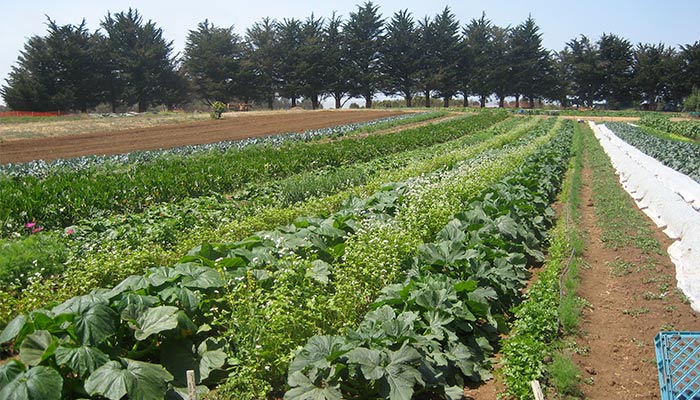In an era propelled by environmental consciousness, the European Union’s resolute ‘Farm to Fork’ strategy heralds a paradigm shift in tomorrow’s organic farming realities. This strategy ambitiously sets its sights on dedicating 25% of agricultural land to organic cultivation by 2030. Reflecting this trend, Malta, too, has committed to elevating its organic sector from a mere 0.6% to 5% within the same timeframe
Understanding Organic Farming Realities
Organic farming, at its core, embodies the cultivation of food using natural substances, eschewing synthetic fertilizers and pesticides. Instead, it champions natural methods like crop rotation, free-range livestock, and integrated pest management. The allure of this approach is palpable, but the nuances warrant deeper scrutiny.
The Yield Predicament
The crux of the issue lies in yield disparity. Organic farming traditionally yields 70-80% less than its conventional counterpart. The absence of fertilizers leads to a dearth of nutrients or imbalances, hampering plant growth. Simultaneously, the absence of pesticides amplifies pest control challenges, resulting in increased crop damage.
Cost and Consumer Perception
Offsetting this yield gap comes at a price and here is where we face organic farming realities; organic products usually command a 20% premium. Yet, market insights reveal a stark reality—only a meager 14% of consumers are willing to pay a premium exceeding 10%, with most European consumers capping their willingness at a 5% premium. Malta’s proactive approach involves incentivizing solar panel installation on greenhouses to bolster revenue for organic producers.
Health and Environmental Claims
Advocates tout organic farming for its purported health benefits owing to the absence of pesticides and antibiotics. However, the reality unveils a nuanced picture. While modern pesticides degrade swiftly, diminishing perceived health risks, the alternatives present their own limitations.
Similarly, while organic farming champions a softer environmental impact and biodiversity, its land demand to match conventional output may trigger global repercussions, potentially intensifying deforestation as agricultural lands expand.
The Complexity of Sustainability
An illuminating 2003 study contrasting organic and conventional milk production encapsulates the intricacy of the debate. Organic milk production scores favorably on energy use but lags concerning greenhouse gas emissions per kilogram of milk.
Organic farming realities have been exposed in Sri Lanka’s shift in 2019. This underscored the complexity of the organic debate. A blanket ban on synthetic fertilizers and pesticides resulted in a drastic drop in rice and tea production, catapulting half a million people into poverty and necessitating policy reversals.
This Sri Lankan episode underscores that organic farming isn’t a one-size-fits-all panacea. Embracing alternative methods like hydroponics within a comprehensive sustainable agriculture model warrants serious consideration.
Concluding thoughts on organic farming realities
As the EU and Malta chart their organic farming trajectories, the discourse gravitates toward a balanced approach. Acknowledging the merits of organic farming while navigating its limitations becomes imperative. The pursuit of sustainability demands not a unilateral path but a mosaic of methods fostering agricultural resilience, economic viability, and environmental stewardship. Organic farming stands as a pivotal component, but its integration within a holistic framework remains the key to a sustainable agricultural future.

Leave a Reply